You must’ve seen the launch of Apple Vision Pro last week, and there’s no doubt that it’s going to be the new cool gadget everyone’s going to want to get their hands on – even though the pricing will cost you an arm and a leg… and a kidney.
I watched the 9-minute demo, which is fascinating, but it also got me thinking. How will this mixed reality, or MR device, disrupt the media industry, again.
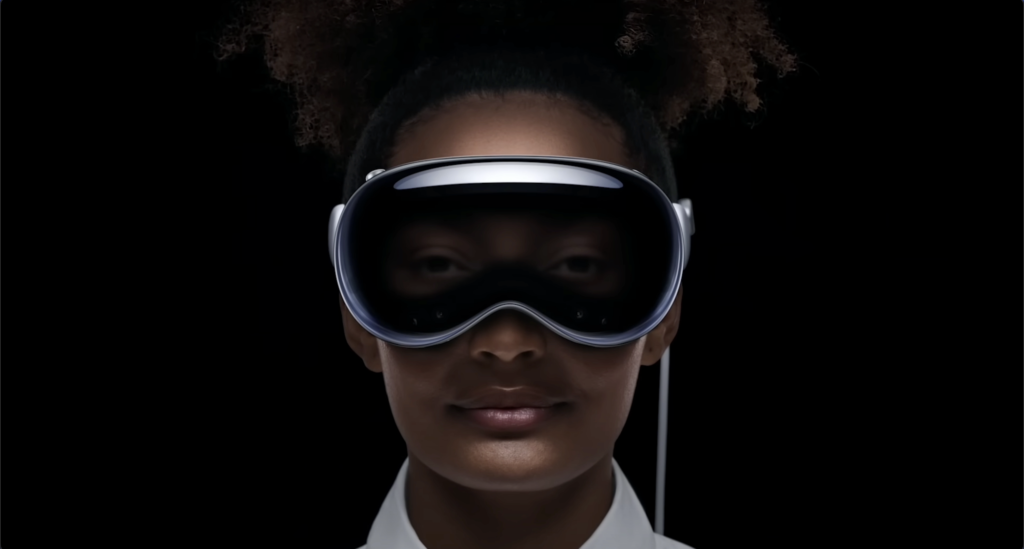
The business of entertainment has already gone through a massive disruption with the rise of streaming platforms, and it’s use especially during the pandemic and lockdown, which caused a significant shift in consumption habits.
These days, filmmakers are struggling to simply recover their costs because the traditional monetization methods and traditional revenue streams such as ticket sales aren’t as efficient anymore.
… and that’s why I think the industry is at the brink of another disruption.
The emergence of Extended Reality (XR) headsets such as Apple Vision Pro (and apparently Lenovo and HTC launched similar headsets before the WWDC 2023 already) are going to change the game. And I think filmmakers and production companies should really become forward-thinking to apply the experience into the mix.
I’m not a technical expert so I won’t get into that, but here are some ways this innovation can change the entertainment world:
Theatrical viewing
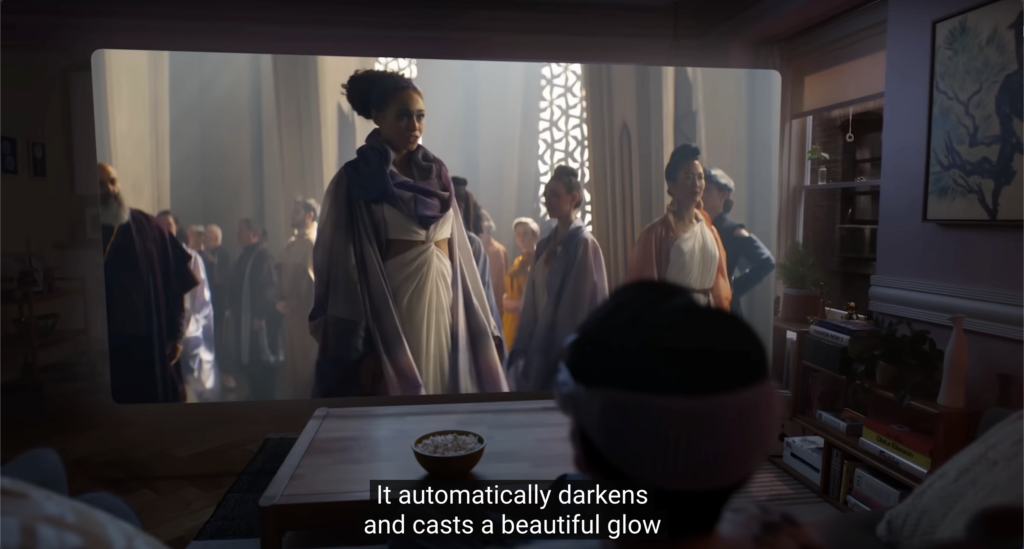
Audience have already moved on quite a bit from theatrical viewing to home viewing, thanks for OTT platforms. And now Vision Pro can provide a similar immersive experience with the option to watch content on a huge screen, with surround sound and the theatre-like ambience – all within the comfort of your home.
All the more reason why producers and distributors would have to start thinking outside the box because consumer habits would evolve again, further affecting the economics of the business.
In-built 3D camera
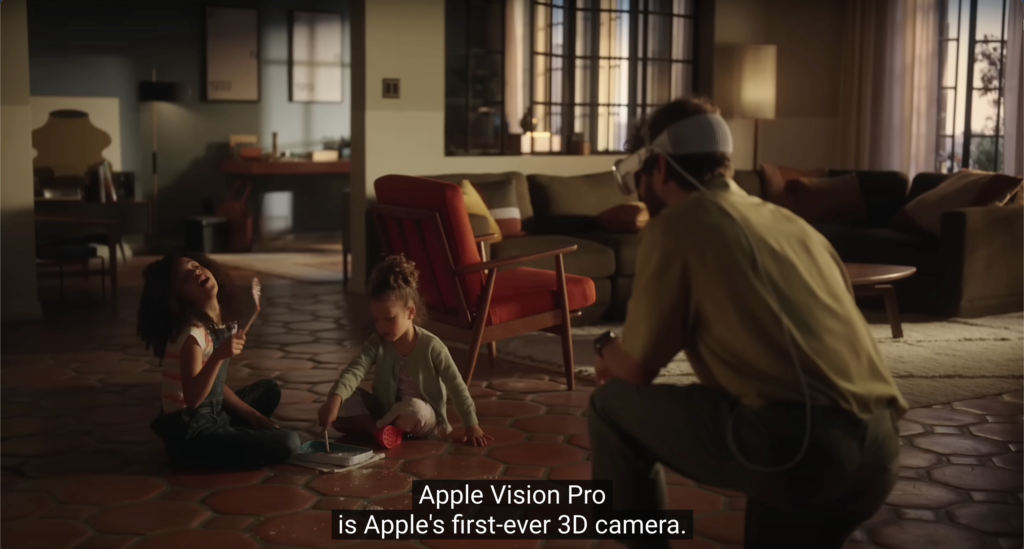
Currently, Apple Vision Pro will allow you to capture photos and videos and “relive a memory” as they said in 3D. But who’s to say the device can’t be used to revolutionise the whole filmmaking process in the future?
With a click of button, you might be able to shoot high-quality videos from the audience’s point of view, and convert it into a film. This will massively reduce labor, equipment cost and its handling.
Much like how movies are made on an iPhone now.
Television sets
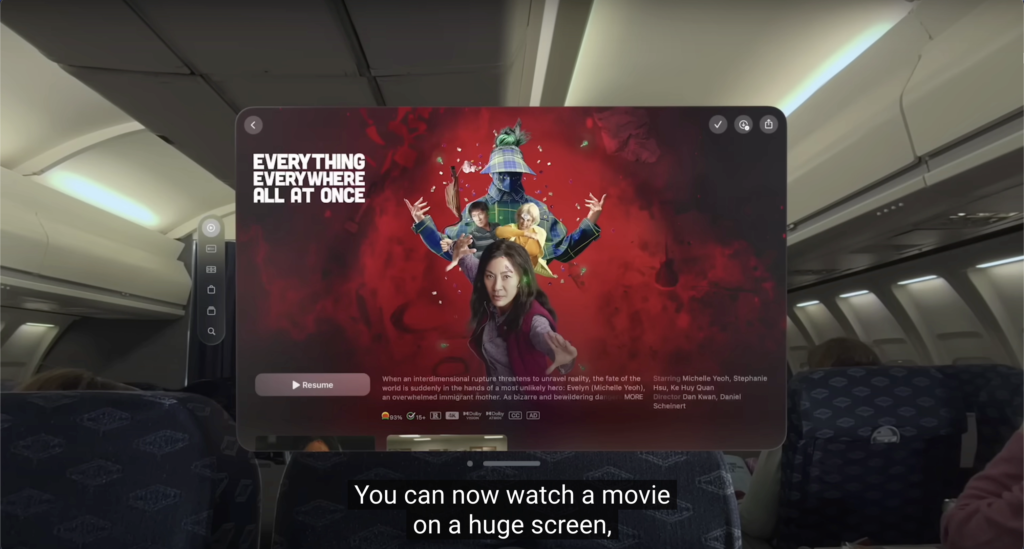
You can turn your living room into a movie theatre without the burden on owning a 10-feet wide TV screen. The XR device will allow you to access the apps from your phone and enlarge it for a better, crisper viewing experience.
So, if you have Netflix on your phone, you can simply pull up a film on it and watch it in a home theatre style setup through Vision Pro, minus the idiot box.
Once we start doing that, do we even need TVs anymore?
Obviously, they won’t go obsolete overnight given that the headset limits the option of group/community viewing, but that could change in the future.
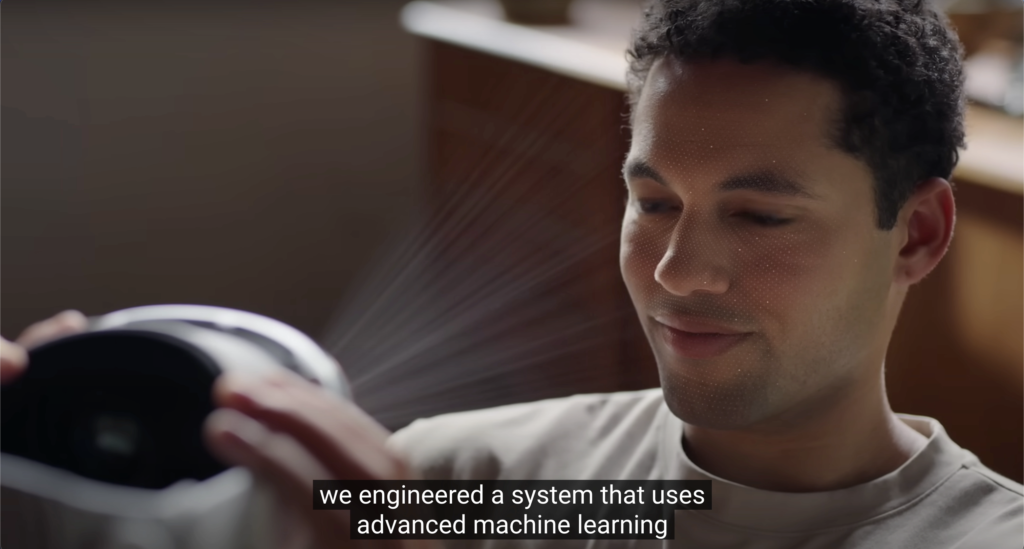
The possibilities don’t end there though.
The innovation could very well be used for immersive live experiences blended with spatial computing, such as concerts, fashion shows, major sporting events. Therefore, public would not only watch them through the XR device but also virtually attend live events using their avatars.
I’m sure Apple will use the first generation of Vision Pro to test the waters, and tweak and improve its feature along the way.
There are some disadvantages and drawbacks to the product, starting with the steep cost, risk of computer vision syndrome or screen fatigue, its design – not sure how the headset will adapt for people who wear glasses (like myself).